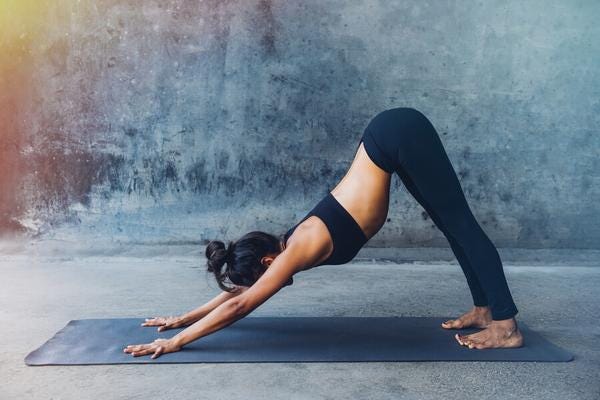Yoga is a practice that offers numerous physical and mental benefits, and one of its key advantages is improved flexibility. Flexibility plays a vital role in maintaining overall well-being and preventing injuries. Incorporating yoga into your fitness routine can greatly enhance your flexibility, allowing you to move more freely and comfortably.
Benefits of Improved Flexibility
Flexibility refers to the range of motion in your joints and muscles. When you are more flexible, you can perform daily activities with ease and grace. Here are some of the benefits of improved flexibility:
- Reduced muscle tension: Increased flexibility helps in reducing muscle tension and stiffness, promoting relaxation and relieving muscle soreness.
- Enhanced athletic performance: Flexible muscles and joints allow for greater agility, balance, and coordination, improving performance in sports and physical activities.
- Improved posture: Flexibility in the muscles of the back, hips, and shoulders helps maintain proper alignment and posture, reducing the risk of chronic pain or discomfort.
- Injury prevention: Flexible muscles and joints are less prone to injuries, as they have a wider range of motion and can adapt to various movements and stresses.
- Increased blood flow: Stretching and yoga poses promote blood circulation, delivering oxygen and nutrients to the muscles and improving overall cardiovascular health.
Yoga Poses for Improved Flexibility

Yoga comprises a wide range of poses that target different muscle groups and promote flexibility. Here are a few yoga poses that can help improve your flexibility:
- Downward-Facing Dog (Adho Mukha Svanasana): This pose stretches and lengthens the entire body, targeting the hamstrings, calves, and shoulders.
- Forward Fold (Uttanasana): Forward folds stretch the hamstrings and lower back, releasing tension and improving flexibility in these areas.
- Extended Triangle Pose (Utthita Trikonasana): This pose helps open the hips, stretch the hamstrings, and strengthen the legs.
- Cobra Pose (Bhujangasana): Cobra pose stretches the chest, shoulders, and abdomen, increasing flexibility in the spine.
- Pigeon Pose (Eka Pada Rajakapotasana): Pigeon pose is a deep hip opener that helps release tension in the hips and improve flexibility.
Remember to always warm up your body before attempting these poses and listen to your body’s limitations. It’s essential to practice yoga with proper alignment and under the guidance of a certified instructor to prevent any injuries.
Improved flexibility is a significant benefit of practicing yoga. By incorporating yoga into your fitness routine, you can experience increased range of motion, reduced muscle tension, improved posture, and enhanced athletic performance. Remember to start slowly, be patient with your progress, and enjoy the journey towards greater flexibility and overall well-being.


